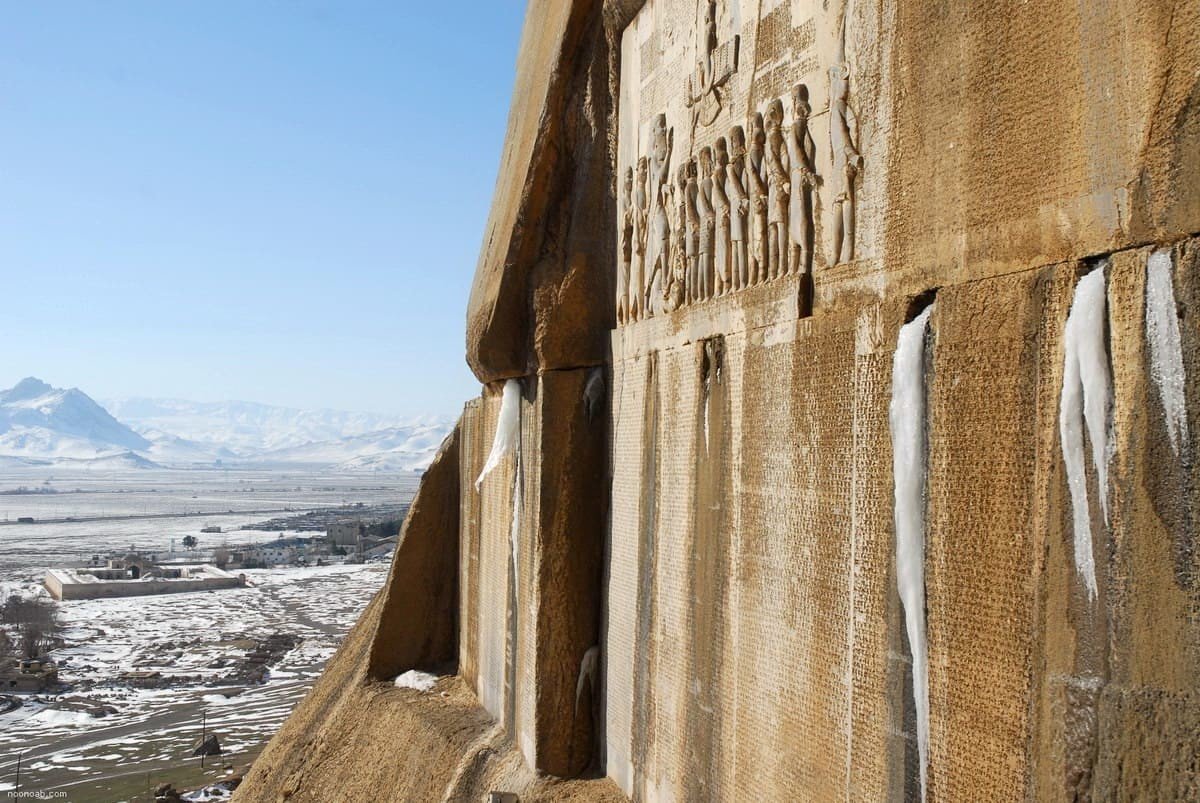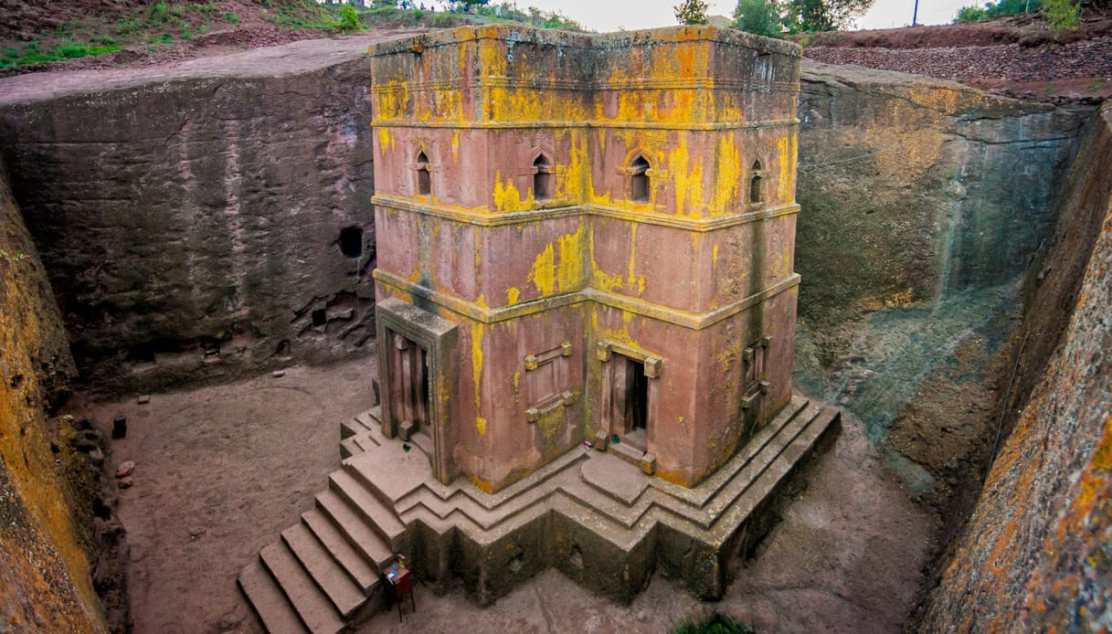Since 2006, Iran can officially boast the so-called Bisotun inscriptions as its cultural-historical heritage. These are ancient inscriptions engraved on the rock and written in several languages found on Mount Behistun in Kermanshah.
Made between 520 and 518 B.C. at the time of Darius I, the inscriptions consist of cuneiform texts dealing with the same theme (a sort of Darius’ Res gestae), but have been compiled in three different languages: Helamitic (two texts have been written in the Helamitic language, the first of which is also the oldest inscription of Bisotun, having been made in 520 a.C.), Babylonian and ancient Persian, the latter inserted in 519 B.C. The inscriptions surround a decoration, in bas-relief, representing a rich procession where Darius the Great armed with an arch, symbol of power, about to trample a man supine before him, stands out.













